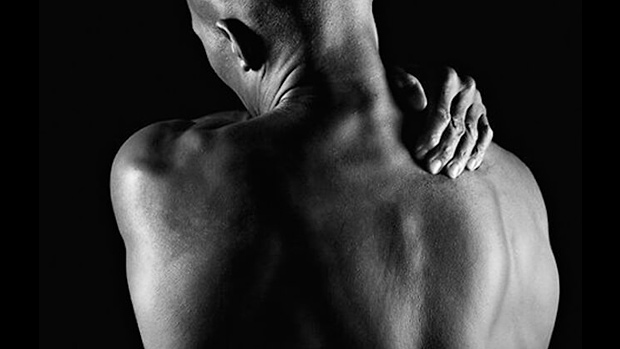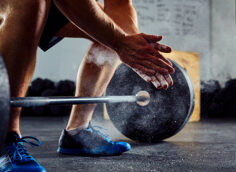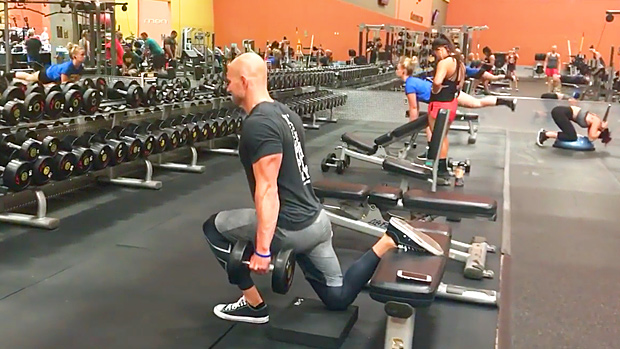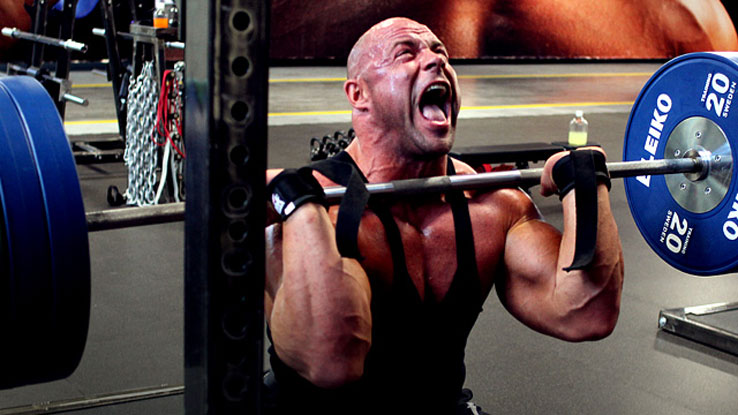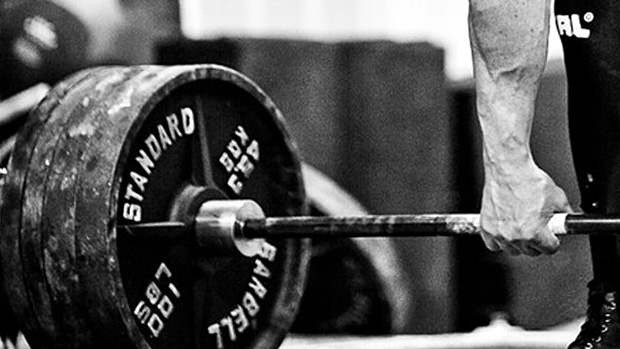The facts:
- Getting really sore after lifting weights doesn't necessarily mean that you had a good workout that will lead to gains.
- Even if you aren't sore it doesn't mean that your workout wasn't optimal.
- But if you aren't at least a bit tight or have an enhanced "feeling" of the muscle you worked, it's possible that your workout wasn't as effective as it could have been.
- Excessive soreness can cause issues with performance by reducing mobility and/or strength. Too much soreness can interfere with the productivity of a workout.
So Can I Train a Muscle That's Still Sore?
There are several degrees of soreness. Sometimes a muscle can feel a bit tender but there isn't any muscle swelling. The muscle merely looks and feels a bit harder than usual. There may be a little tenderness, but there's no real loss of mobility or strength. Other times the soreness can be so debilitating that your mobility and strength are severely limited. In this case, the soreness has become limitative; it's a mistake to train that muscle hard again.
Now, if the soreness isn't so intense that it hinders your capacity to perform at an adequate level, it's perfectly possible – and even advisable – to train using exercises involving the sore muscles. Why? Because an increase in blood flow and nutrient transport to the muscle can speed up recovery. Performing a feeder session the day after an intense workout is very effective.
By "feeder session" I mean doing pump work for the sore muscles – light-ish work focusing on the quality of the contraction and establishing a pump. This will not further damage the tissue but will increase its speed of recovery and repair by increasing nutrient uptake and protein synthesis (and also a host of other benefits involving cytokines and the repair process).
One idea is to do hard strength work on a basic lift on one day and isolation work for the muscles involved in that lift at the beginning of the next day's workout.

